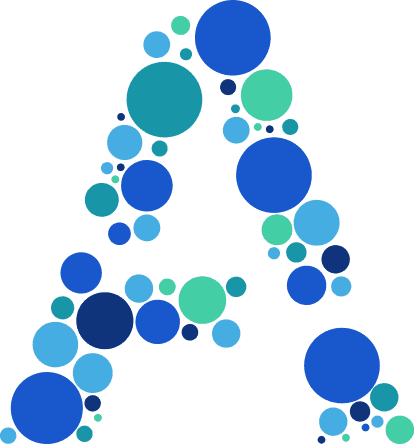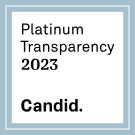A Model of Consistent Innovation: How Louisiana’s 2025 Human Trafficking Report Sets a New Standard Nationwide
Apr 7, 2025
Louisiana’s 2025 Human Trafficking Report continues a now-established tradition of transparency and accountability while also pushing the boundaries of what’s possible in statewide trafficking data. As a leader among states producing highly detailed, publicly accessible reporting year after year, Louisiana is not only building a consistent record—but also charting a course for other states by embracing innovative tools, collaborative data partnerships, and innovative analysis.
A Report That Serves the State
Since 2022, Louisiana has partnered with Lighthouse to build a comprehensive annual report on human trafficking in the state. This collaboration has helped the Governor’s Office of Human Trafficking Prevention (OHTP) reduce the burden on staff, streamline the data collection process, and increase overall efficiency.
But the value of the report goes far beyond logistics. By collecting and centralizing information from service providers statewide, Louisiana is building a highly comprehensive, longitudinal data set on survivor services. This gives policymakers and frontline professionals a shared, data-informed understanding of what service provision looks like across the state—where gaps exist, what’s working, and where resources are most urgently needed.
That kind of insight is essential. It enables Louisiana to pursue prevention and intervention efforts that are active, not reactive—designed to meet the real, evolving needs of survivors and the communities that support them.
Data Highlights
Louisiana's 2025 Human Trafficking Data Report, reflecting data from 2024, provides key data which can drive data-informed strategies in combating human trafficking. The report reveals that in 2024, a total of 2,328 individuals received services related to human trafficking, out of whom 2,275 were confirmed or suspected victims, marking a 34% increase from the previous year. Notably:
85% of these individuals were minors aged 17 and under,
90% were victims of sex trafficking,
46% identified as African American, and
88% identified as female.
In total, 12,466 distinct services were provided to these individuals. These statistics highlight the significant efforts made by Louisiana service providers, as well as the urgent need for targeted interventions and resources to support vulnerable populations, particularly minors and women of color. By consistently collecting and analyzing such data, Louisiana is better equipped to inform policy decisions, allocate resources effectively, and implement proactive prevention and intervention strategies to combat human trafficking statewide.
The Lighthouse Effect
The partnership with Lighthouse has transformed the way Louisiana collects and communicates data on trafficking. Before Lighthouse, it took considerable staff time and effort to collect data for the annual report. Data was submitted in inconsistent formats, and compiling it into a usable form was time-intensive and error-prone.
Now, the entire process takes about three weeks. Data is submitted through structured forms and standardized formats designed by Lighthouse, and visualization is handled by the Lighthouse platform. This means OHTP staff spend less time wrangling spreadsheets and more time doing the work that matters—supporting communities, advancing prevention, and responding to emerging needs.
Even more significantly, the data is no longer locked in a static PDF. Instead, it’s presented in dynamic, evergreen dashboards that stakeholders across the state can use throughout the year. The data is now a living resource—not just a once-a-year snapshot.
Introducing the 2025 Report Addendum
In 2025, Louisiana is expanding its commitment to transparency and data-informed action by introducing a new annual report addendum, to be published in Q2. This supplemental release will include data on:
Federal human trafficking prosecutions filed in Louisiana
State-level trafficking prosecutions
Law enforcement activity
Demand for commercial sex ads
This new effort represents another step forward in building a fuller picture of the trafficking landscape in Louisiana. It will allow stakeholders to better understand how law enforcement and judicial systems are responding to trafficking, and it will provide timely insight into patterns of exploitation—particularly those linked to demand.
By expanding what it measures and how that data is shared, Louisiana continues to set the standard for what state-level trafficking data can and should look like: consistent, transparent, collaborative, and always in service of better outcomes for survivors and the communities who support them.
For more information about Louisiana's anti-trafficking initiatives or to view the complete 2025 Human Trafficking Report, visit this link.



